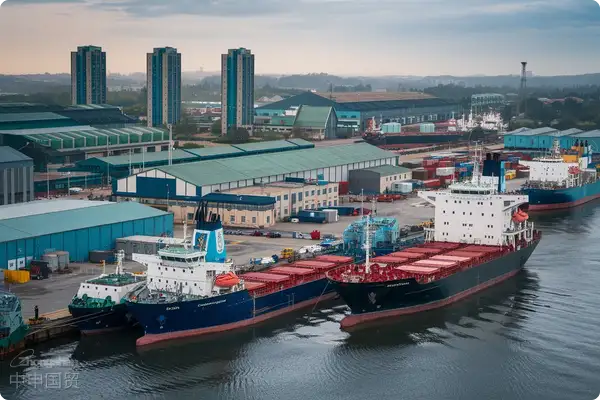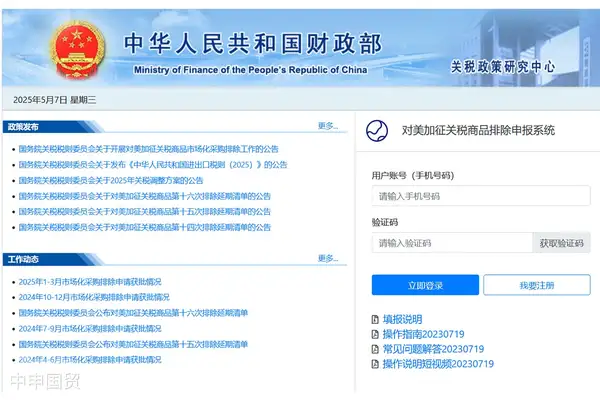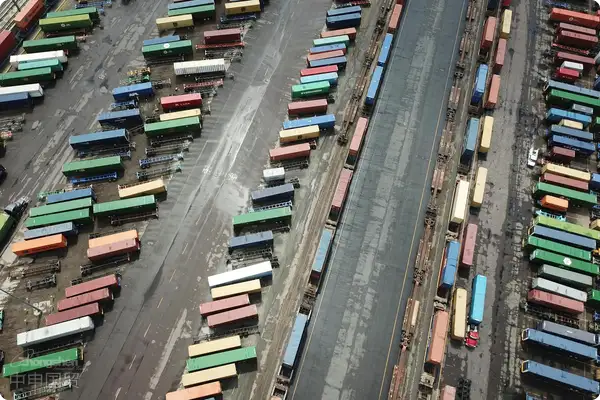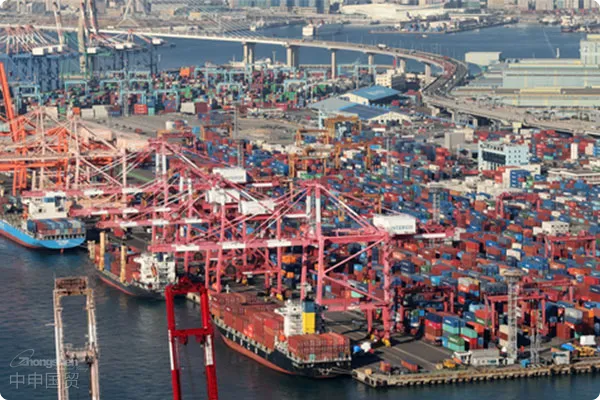- Shanghai Zhongshen International Trade Co., Ltd. - Two decades of trade agency expertise.
- Service Hotline: 139 1787 2118
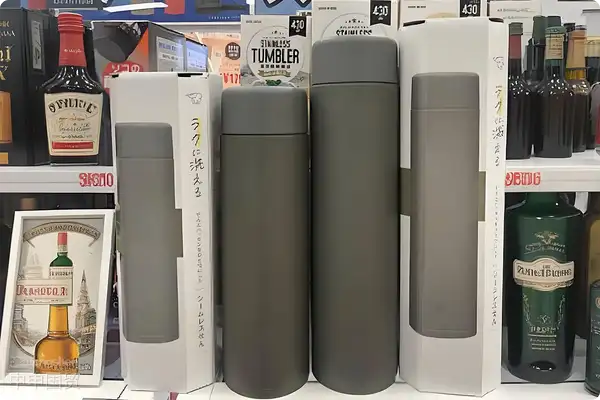
The Ins and Outs of Thermal Cup Imports: Professional Agency Insights
As an old hand with 20 years of experienceforeign trade"Veterans", today let's talk about the intricacies of importing stainless steel thermal cups. Don't underestimate this small item - getting it from overseas purchase to domestic shelves involves overcoming numerous obstacles. We recently helped a client process a shipment of thermal cups imported from Japan, and I'd like to share our practical experience.
Essential "Medical Reports" Before Import
Many first-time importers ask: "Isn't it just a cup? Can't we simply ship it back?" Actually, customs has particularly strict regulations for food-contact products. We need to complete three major tasks first:
- HS Code Positioning: Thermal cups are generally classified under HS code 73.23, but specifics depend on material and function. For example, electrically heated cups fall under 85.16, with nearly 10% tariff difference.
- Required documents preparation: It is recommended to verify through the following methods:, quality inspection report, and food contact material compliance declaration (GB 4806.9 standard) are the three essentials
- Special regulatory requirements: Smart thermal cups with lithium batteries require3Ccertification, and wooden packaging needs fumigation certificates
Last month, a client's shipment was detained by customs due to missing material testing, requiring two extra weeks for supplementary testing. As the old saying goes:"Sharpening the axe won't delay the job",!
"Hidden Traps" During Transportation
Pay attention to these details when booking shipping:
- Maritime TransportationRecommend using temperature-controlled containers to prevent seal deformation from extreme temperatures
- Air TransportationCups must be completely emptied before shipping - last year a shipment was rejected by airlines due to residual liquid
- Packaging must pass 1.8-meter drop tests - we've encountered claims for deformed inner containers due to substandard packaging
Special reminder:For thermal cups imported from Japan, radiation certificates require special attention, a point many agents overlook.
"Clearance Cheat Sheet" for Customs
At customs clearance stage, these key points are crucial:
- Customs declaration form completion: Material composition must specify grades like "06Cr19Ni10", not just "stainless steel",
- CIQ Inspection: Customs will randomly sample and send products to laboratories for testing the migration of heavy metals such as manganese and chromium
- Tax planning: Thermos cups originating from Japan under RCEP can enjoy preferential tariff rates, but must submit a declaration of origin
A practical tip: Prepare in advanceBilingual material specifications in Chinese and Englishcan significantly improve customs clearance efficiency. One of our clientsCross-border E-commercereduced clearance time from 5 days to 8 hours through advance classification.
Those 'pitfalls' we've encountered over the years
Sharing some real cases:
- A German brand suffered heavy losses due to entire batch rejection because the silicone ring on the cup lid didn't comply with China's food safety standards
- Cartoon thermos cups imported from South Korea were detained by customs due to copyright issues with the patterns
- A shipment from the UK faced rectification for failing to include the warning 'Not for carbonated beverages'
So now we require clients to providecomplete product label samplesfor pre-review - these lessons shouldn't be learned in vain!
Professional advice for buyers
Combining customs' consumer alerts, here are practical suggestions for end buyers:
- When purchasing: Look for GB 4806.9 standard marking, preferably choose 316 medical-grade stainless steel for the inner liner
- When using: Perform a deep clean with white vinegar + baking soda before first use of new cups
- For maintenance: Replace the sealing ring every 3 months - our represented Swiss brand provides free replacement parts service
Remember this'Three Don'ts' principle: Don't hold carbonated drinks, don't store overnight dairy products, don't scrub with steel wool.
The value of agency services
Many clients ask: 'Can't I import myself?' Of course you can, but professional agents can help you:
- Anticipate risks: For example, knowing the EU's latest revised nickel release limit standard
- Reduce costs: Legally save tariffs through classification techniques - we once helped a client save 17% in taxes
- Emergency handling: When inspection anomalies occur, there are registered laboratories available for expedited testing
Recently, a client simultaneously imported thermos cups and coffee cups, and we passedCombined classificationThe solution directly saved 32,000 in tariffs. This is like seeing a specialist doctor for medical issues - professional matters should be left to professionals!
Finally, here's a saying for everyone:"No detail is too small in imports, success lies in the details",. For any thermos cup import questions, feel free to chat with this "veteran foreign trade" expert~
Related Recommendations
? 2025. All Rights Reserved. Shanghai ICP No. 2023007705-2  PSB Record: Shanghai No.31011502009912
PSB Record: Shanghai No.31011502009912

